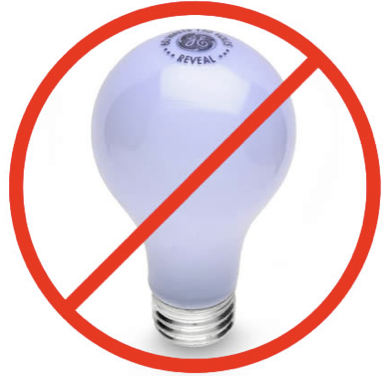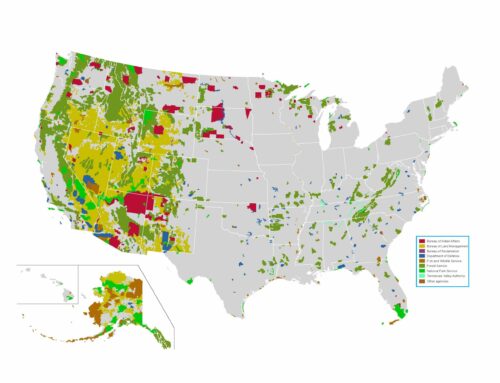by Greg Walcher, E&E Legal Senior Policy Fellow
As appearing in the Daily Sentinel
Light bulb jokes were popular for years as a way to poke fun at stereotypes. I remember an old one during the Reagan years, about how many Republicans it takes to change a light bulb. It took one to screw in the bulb, one to steady the chandelier, one to claim the bulb wasn’t truly needed, and one to reminisce about the old bulb.
A number of pundits are reminiscing this week about old light bulbs, because the Biden Administration announced it is finalizing the federal ban on incandescent bulbs. The breakthrough invention of Thomas Edison that brought civilization out of the whale oil age and transformed the lives of billions — the light bulb that became the iconic image to illustrate a good idea — is now considered one of many everyday conveniences that are destroying the planet. Some commentators express outrage that the government would dictate such ordinary consumer products, but that ship sailed 13 years ago, in 2010.
That’s when the federal government announced that the sale or import of incandescent light bulbs would be banned, effective in 2014. Congressional Republicans thrice made half-hearted efforts to repeal the ban by tacking riders onto spending bills, including one at the end of 2014. Those riders never repealed the ban, but simply stopped the Department of Energy (DOE) from enforcing the restriction on sales, until the next spending bill. But most stores had to quit selling regular bulbs anyway because manufacturers quit making them. GE was the dominant manufacturer at the time, but closed its last incandescent bulb factory, laying off thousands of workers.
GE became the government’s partner in the move to ban incandescent light bulbs because the newer technology was much more expensive, and thus more profitable. Sylvania, Philips, and other manufacturers followed GE’s lead and the ban became reality, DOE’s suspended enforcement authority notwithstanding.






